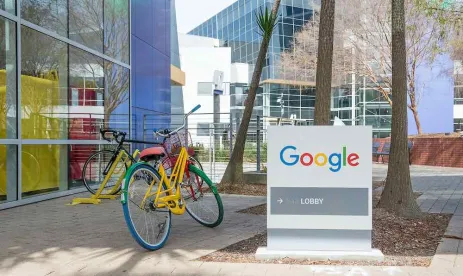The practice of using, and reusing, software interfaces written by others is common within the field of software engineering and development. Multiple federal circuits have held that software source code, as a whole, can be copyrighted, but the question as to what extent code can be copied, particularly API code, was an unanswered question. In its recent Google v. Oracle decision, the Supreme Court provided a modicum of clarification as to the amount of copying the declaring code used to create an API might be.
Java is a computer programming language used as part of the Java SE platform. Oracle America, Inc. owns a copyright in Java SE.
In 2005, Google acquired Android and, to allow programmers to work with Java, copied about 11,500 lines of code pertaining to the Java API. Oracle sued Google for copying this API code, arguing that in doing so, Google violated Oracle’s copyright. Google argued that such copying constituted fair use, thus immunizing it from copyright liability. After a series of court battles, the lower court found that both Oracle’s API code and structure could be copyrighted and that Google’s use of the API code was not fair use.
The Supreme Court granted certiorari and today reversed the lower court. Writing for the Court, Justice Breyer noted that, especially in computer programming, the doctrine of fair use needs to consider the functionality of the work in question. Upon examining the four factors used to determine fair use, the Court noted that the nature of the work favored fair use because API code is bound together with uncopyrightable ideas, primarily, the organization of the API. Additionally, the purpose of the work was found to be transformative, as Google was using the API code to build the Android platform. In addition, the amount of code copied was one small part of the considerably greater whole—less than 3% of the overall amount of code in the Java API, which totaled 2.86 million lines. And, the Android system is not a substitute for Java SE. When these factors are combined, according to the Court, Google was well within the provisions of the fair use doctrine when it copied the API code.
The Court noted that this decision does not represent a change to its other fair use doctrine cases. Rather, it provides a framework and analysis guidance for the particular and unique questions and circumstances that arise when copyrighted computer code is used by other developers and companies. Importantly, the Court did not decide whether the declaring code alone is copyrightable but said that, in the context of Google, the use of a small percentage of code to build the Android API was permissible. Although the Court did not alter any of its current fair doctrine cases, this decision clears the way for the common practice of API reuse by developers to continue without significant danger of running into copyright infringement liability.




 />i
/>i
